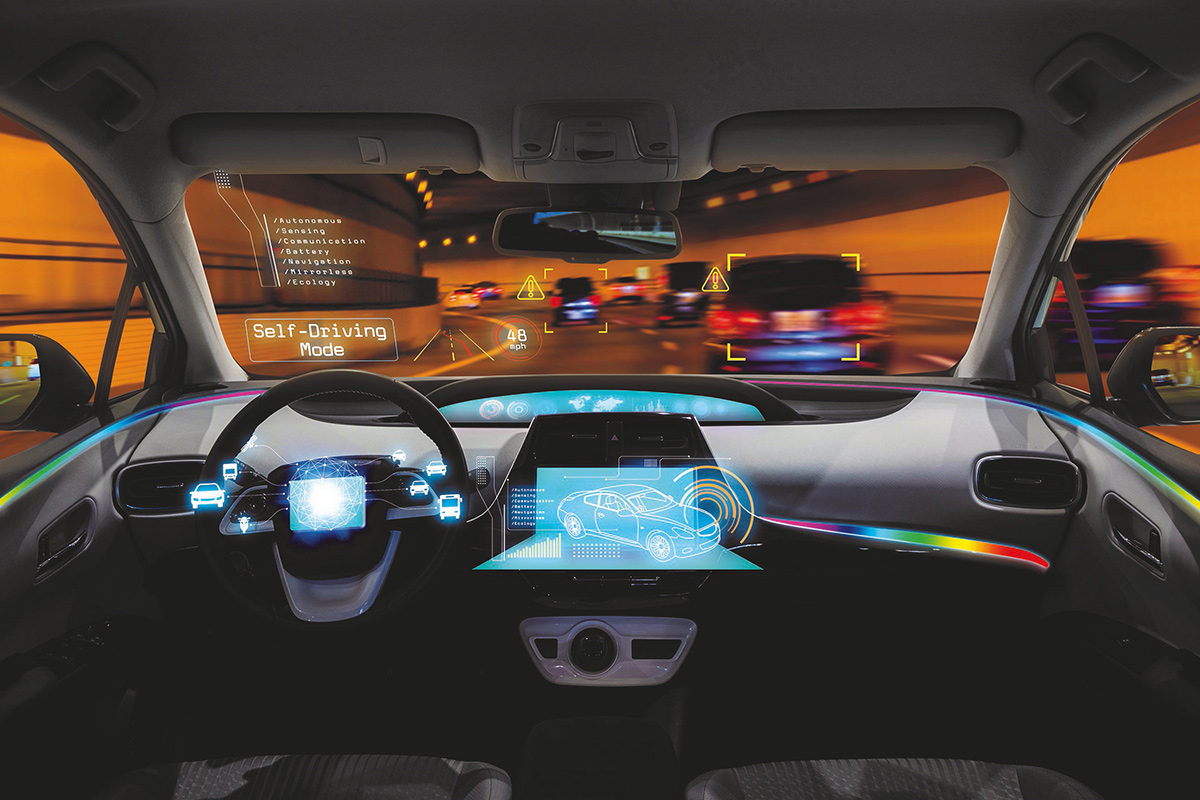By senior executives of National Instruments (NI)
The executive team at the global provider of software-defined platforms National Instruments (NI) has recently examined the most crucial engineering trends and challenges in 2019, assessing their impact on the engineering workloads and, more specifically, on test and measurement tools and methodologies. These challenges stem mainly from the Internet of Things (IoT), the progression of 5G technology from prototyping to commercial use, and wide-spread autonomous driving.
Shelley Gretlein, VP of global marketing at NI, said: “These engineering trends are disrupting industries and product testing, leading to complex, unprecedented challenges; but they also drive extraordinary innovation, which requires a fundamental shift in our approach to automated test and measurement.”
The most imminent technology trends identified by NI are:
- 5G is heralding a new era of wireless test.
5G wireless devices are getting more complex with each product iteration. This calls on engineers to rethink the highly-optimised techniques used to test previous generations to enable viable commercialisation of 5G products and solutions.
For test engineers, the increased frequencies, new package technologies and greater antenna counts that 5G brings will make it difficult to keep quality high while limiting increases in both capital costs (cost of test equipment) and operating costs (time to test each device). New OTA (over the air) techniques can help, but they also bring challenges.
- Making IoT work for test.
While the IoT is increasing device complexity, which in turn increases test complexity, it can also greatly enhance automated test workflows.
Applying IoT capabilities to automated test data begins with ready-to-use software adapters for standard data formats. These adapters must be built with an open, documented architecture to enable the adoption of new and unique data, including non-test data from design and production. Test systems must be able to share their data with standard IoT and IIoT platforms, to unlock value from data at the enterprise level.
- Imminent trade-offs for achieving autonomous driving.
Autonomous driving will have a major societal impact, but the industry must manage looming cost, technology and strategy trade-offs as it shifts from single- to multi-sensor advanced driver assistance systems.
There’s no clear answer on these trade-offs yet, but, just like past industrial revolutions empowered people to afford new technologies through a higher productivity gain, increasing efficiency in software development will be integral to the autonomous driving revolution. In addition, the ability to quickly reconfigure testers will be critical in minimising validation and production test costs and times, so flexibility through software will be crucial.
- Keeping pace with a standardised development process.
Test engineers have always tried to keep pace with a quickly-modernising test environment. They are going beyond hardware and software to standardise the process used to build and maintain test architectures.
The best test software engineering teams are building is abstracted test software that delivers even more benefits than abstracted hardware provides. An abstracted software platform comprises layers that perform specific functions, allowing teams to repair and upgrade each module individually while isolating other layers by maintaining the same inputs and outputs.
- Multi-industry convergence disrupts test strategies.
Convergence has the potential to speed innovation and deliver products previously unimagined, but it also severely complicates test. Partnering and learning across industries can result in beneficial perspective on complex test challenges.
Multi-industry resource pooling is a less obvious benefit of convergence. As industries move closer together, their functional needs align more closely, allowing vendors to increase investment because the market for that need is now larger. In test, platform-based vendors can increase their industry-agnostic investment in things like processors or analogue-to-digital converters to provide better quality products at lower prices. When investments are made in hardware, software, or services for test, multi-industry solutions, as opposed to single-industry options, you should maximise the opportunity for technology leverage.










